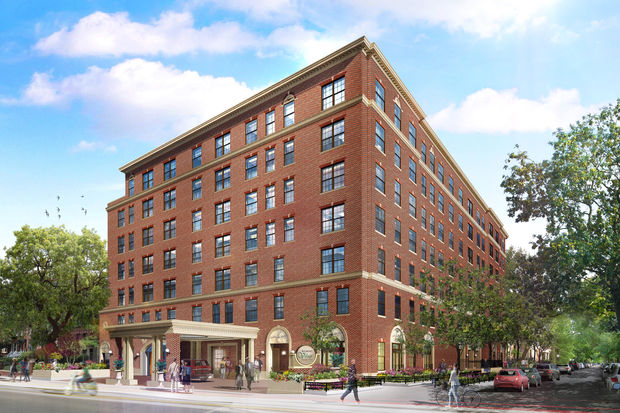Senior living companies seeking to offer housing in urban areas can face many obstacles during the site location and building processes, but a payoff comes in addressing the needs of an unserved or underserved market.
And the market for senior living in urban areas appears to be growing.
“People who’ve lived all their lives in suburban environments may be attracted to the suburbs or the city, but the ones who’ve been in the city definitely want to stay there,” Belmont Village Senior Living founder and CEO Patricia Will told McKnight’s Senior Living.
A recent study by Welltower backs up the notion. Eighty percent of baby boomers who live in large cities want to keep living there after they turn 80 — either in their current homes or someplace nearby, according to the results of the 2017 Aging in Cities survey commissioned by the real estate investment trust.
Belmont Village recently broke ground on its first project in downtown Chicago, one of the cities where some of the survey’s 3,000 participants lived.
“What we see in most very large cities in America, including Chicago, is not enough supply relative to the demands,” Will said.
The developer, owner and operator isn’t a newcomer to the greater Chicago area, with four of its 26 existing senior living communities in nearby Buffalo Grove, Carol Stream, Glenview and Oak Park, IL, the latter of which Will calls “semi-urban.” Nor is the company a stranger to urban communities, with locations in Berkeley and San Jose, CA, as well as Mexico City.
But its presence in the Windy City itself took some time. “Urban Chicago development has been a goal of ours for many years,” Will said. “The challenge has always been finding the right site.”
The future 120,537-square-foot, seven-story Belmont Village Lincoln Park, which will include 149 assisted living and memory care residences when it opens in summer 2019, is being constructed on the former site of a children’s hospital, specifically where housing for nurses and interns used to be. The location, although a good fit for Belmont Village’s plans, also came with complexities.
Neighbors had hoped that the 85-year-old building would be repurposed, “but it just wasn’t functional for senior living and the standards of health, care and safety that we have to meet,” Will said. Instead, the new building will feature an exterior design reminiscent of its predecessor and even will include salvaged pieces from the original edifice.
Beyond building challenges specific to the site, urban planning in general requires a different approach than in other locations, she said.
“There are a lot of considerations with respect to how the building renders in that you’ve got a smaller piece of land and you’re going up higher,” Will said. “Invariably, you’ve got a parking garage underneath.
Click here to view the full story by McKnight’s Senior Living.
